Mahsa Amini and the Threads of Uprising
Mahsa Amini the Catalyst of Uprisings in Iran
Uprisings in Iran have sent shockwaves through the global community, marking a critical turning point in the struggle for human rights and freedom within the country. At the heart of this movement lies the tragic death of Mahsa Amini, a 29-year-old woman whose demise has become the catalyst for a groundswell of protests, giving voice to the deeply entrenched grievances of the Iranian people.

Article Contents
The Spark: Mahsa Amini’s Tragic Fate
Mahsa Amini’s death on September 16, 2022, served as a stark reminder of the systemic issues that plague Iran’s society. Amini, arrested during a peaceful protest against mandatory hijab laws, reportedly faced brutal treatment while in custody, ultimately succumbing to her injuries. The details of her ordeal sent shockwaves through the nation, awakening a collective sense of outrage and sorrow.
As news of Amini’s death spread, Iranians from all walks of life united in grief and anger. Social media platforms became a powerful tool for organizing and disseminating information, allowing the movement to transcend geographical boundaries and socio-economic divides.
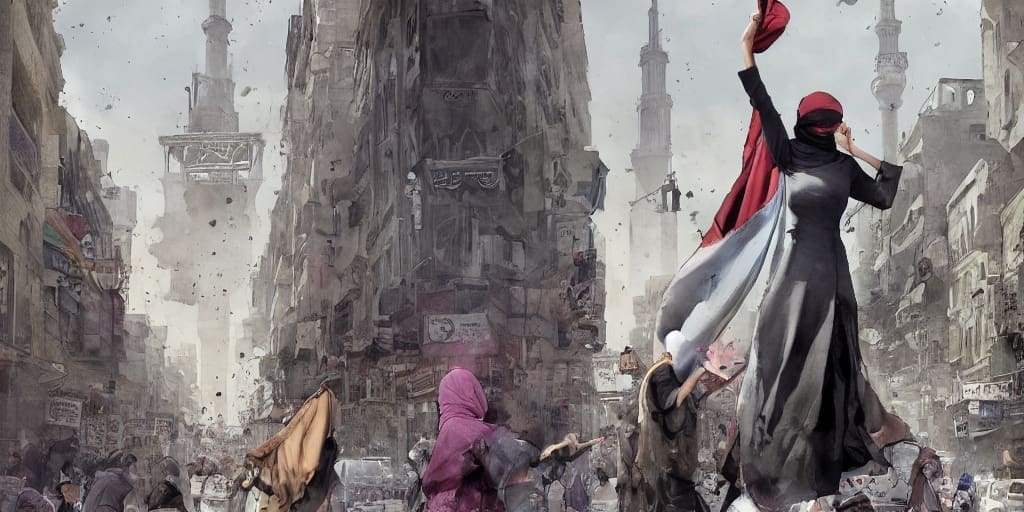
Woman, Life, Freedom
The slogan “Woman, Life, Freedom” emerged organically during the protests in Iran, encapsulating the multifaceted demands of the demonstrators and reflecting the deeply entrenched grievances within the society. Its evolution can be traced back to the tragic death of Mahsa Amini and the subsequent outrage over the government’s oppressive policies, particularly those related to women’s rights and individual freedoms.
The first element of the slogan, “Woman,” serves as a poignant reminder of the ongoing struggle for gender equality within Iran. The mandatory hijab laws, symbolized by Mahsa Amini’s protest, are emblematic of the broader issues women face in a society where conservative norms often curtail their autonomy and limit their participation in public life. The rallying cry for “Woman” signifies a demand for the dismantling of restrictive dress codes and the recognition of women’s rights as human rights.
The second component, “Life,” resonates deeply within the context of Mahsa Amini’s death and the broader issue of police brutality and government oppression. Protesters have utilized this aspect of the slogan to highlight the need for an end to arbitrary arrests, violence against peaceful demonstrators, and the general disregard for human life. The call for “Life” extends beyond the immediate circumstances surrounding Amini’s death, encompassing a broader demand for a society where citizens can live free from fear and intimidation.
The third element, “Freedom,” encapsulates the overarching desire for political reform and a more just and equitable society. This aspect of the slogan reflects the broader grievances of the Iranian people, including frustration with economic hardships, political corruption, and a lack of civil liberties. The call for “Freedom” underscores the protesters’ aspirations for a society where individuals can express themselves freely, participate in political processes, and enjoy the full spectrum of human rights.
Within Iran, the slogan has become a unifying force, resonating across diverse segments of the population. It has been chanted at protests, displayed on banners, and shared widely on social media platforms. The simplicity and clarity of the slogan make it a powerful tool for expressing the collective will of the people, cutting through the complexities of the myriad issues they face.
Internationally, the slogan has garnered attention and support from human rights activists, organizations, and political leaders. It has become a symbol of the broader struggle for democracy and human rights in Iran. Advocates and supporters outside the country have adopted the slogan in their solidarity efforts, using it as a rallying cry in demonstrations, social media campaigns, and advocacy work.
The significance of the “Woman, Life, Freedom” slogan lies not only in its representation of the immediate catalyst for the protests but also in its ability to encompass the broader aspirations of the Iranian people. It serves as a powerful articulation of the interconnected nature of women’s rights, the right to life free from oppression, and the overarching desire for political and societal transformation. The global resonance of the slogan reflects the universal appeal of the principles it encapsulates, making it a potent symbol in the quest for justice and human rights both within Iran and around the world.

A Wave of Discontent
The aftermath of Mahsa Amini’s death saw a swift and widespread response, with protests erupting in major cities across Iran. The discontent, however, was not limited to the urban centers; rural areas also witnessed a groundswell of frustration. This geographic diversity underscores the depth of the issues at hand, illustrating that the grievances extend far beyond urban elites.
The Iranian government’s response to the protests was predictably harsh. Internet shutdowns, mass arrests, and violent crackdowns were deployed in an attempt to quell the burgeoning movement. However, these tactics only served to fuel the flames of discontent, solidifying the resolve of the protesters.

A Global Response
The global response to the uprisings in Iran, spurred by the tragic death of Mahsa Amini, has been marked by widespread condemnation of the Iranian government’s actions and a call for respect for human rights. Advocates and organizations around the world have rallied to express solidarity with the Iranian people, amplifying their voices on the international stage.
Human rights organizations, such as Amnesty International and Human Rights Watch, have played a crucial role in documenting and exposing the government’s crackdown on protesters. These organizations have issued statements condemning the use of excessive force, arbitrary arrests, and internet shutdowns, urging the Iranian government to uphold its obligations to respect the right to peaceful assembly and freedom of expression.
Prominent diaspora advocates have emerged as powerful voices in the global response to the uprisings. Iranian expatriates and activists living abroad have organized rallies, protests, and advocacy campaigns to raise awareness about the dire situation in their homeland. Exemplifying this activism is Masih Alinejad, an Iranian journalist and women’s rights activist living in exile, who has been a vocal critic of mandatory hijab laws. Alinejad has used her platform to shed light on the struggles of Iranian women, emphasizing the importance of individual freedoms and autonomy.
The Iranian diaspora has also leveraged social media platforms to share firsthand accounts, videos, and images from the protests, providing the global community with real-time insights into the unfolding events. This digital activism has been instrumental in breaking through information barriers imposed by the Iranian government and fostering international understanding of the challenges faced by the Iranian people.
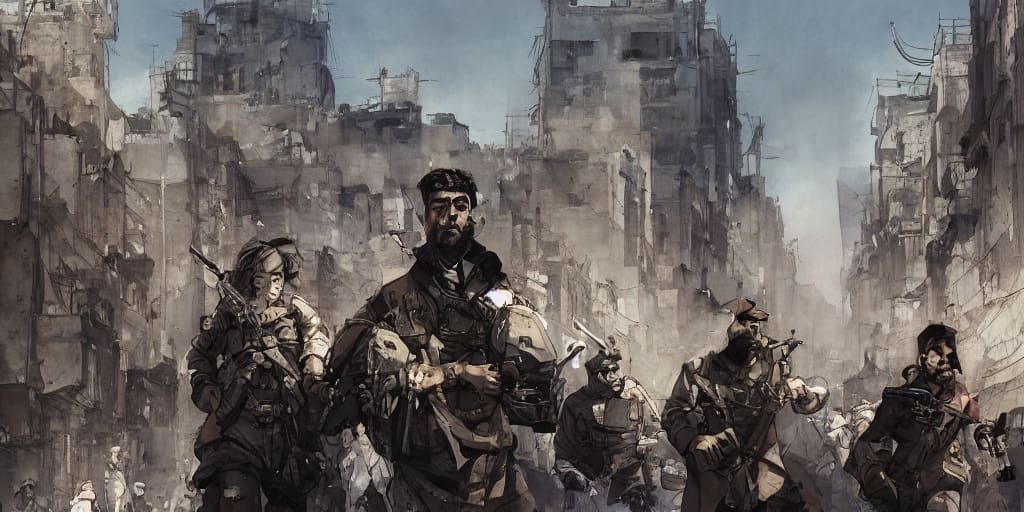
On the diplomatic front, several world leaders and governments have issued statements expressing deep concern over the situation in Iran. The United Nations, through various agencies, has urged the Iranian authorities to exercise restraint and respect the rights of citizens to peacefully assemble. The European Union has also called for a de-escalation of tensions and emphasized the need for a dialogue between the Iranian government and its people to address the root causes of the protests.
The Iranian diaspora’s engagement with the global community has not been limited to public advocacy. Diaspora communities have actively lobbied their respective governments to take a stand against the Iranian government’s actions. This lobbying effort includes calls for targeted sanctions, diplomatic pressure, and a commitment to raising the issue on international platforms.
In response to the uprisings, various countries have seen solidarity rallies and protests organized by Iranian expatriates and human rights activists. These events serve as a powerful expression of the diaspora’s commitment to supporting their fellow citizens and demanding change in Iran. The global response, characterized by a combination of grassroots activism, diplomatic pressure, and media coverage, underscores the interconnectedness of human rights struggles across borders and the importance of international solidarity in shaping the trajectory of political change.
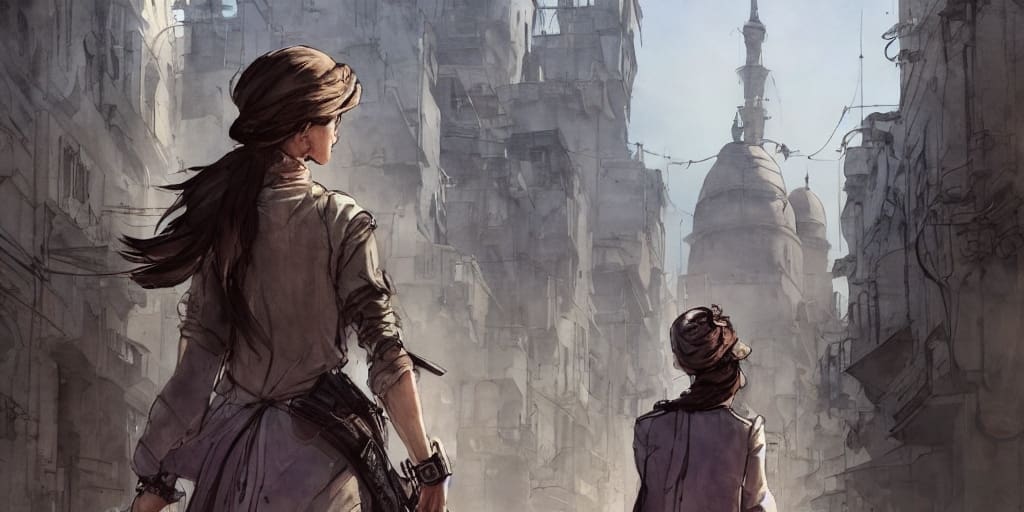
Beyond Mahsa Amini’s Tragedy
To truly understand the gravity of the uprisings, it is essential to acknowledge the deep-rooted issues that have long plagued Iranian society. Widespread economic hardships, political corruption, and a lack of civil liberties have created a tinderbox of discontent, waiting for a spark to ignite.
The mandatory hijab laws, symbolized by Mahsa Amini’s protest, represent a tangible manifestation of the broader struggle for individual freedoms. The imposition of strict dress codes serves as a poignant example of the government’s attempts to control and regulate every facet of citizens’ lives, stifling personal autonomy and expression.
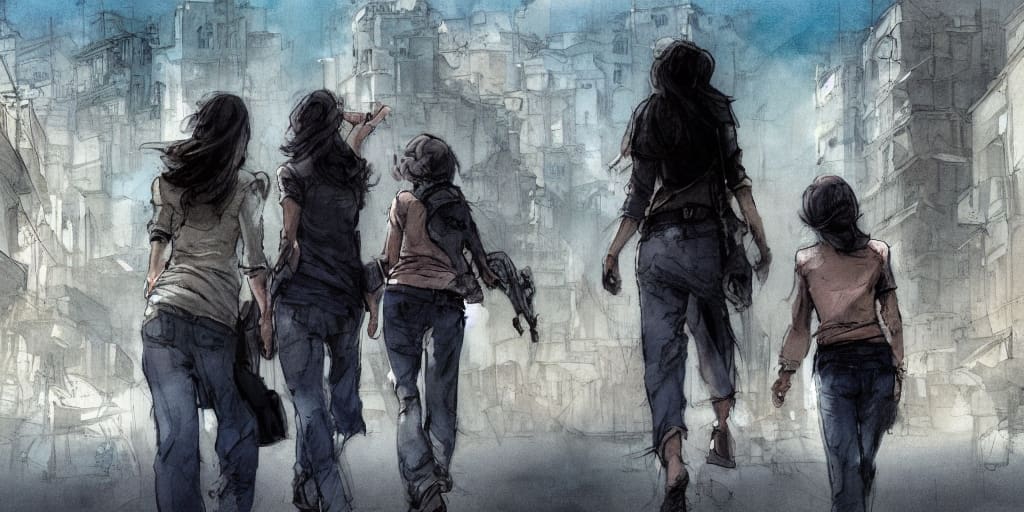
A Path Forward
For the Iranian government, the uprisings present an opportunity to engage in genuine dialogue with the people and address the systemic issues that have fueled discontent. Merely suppressing protests will not resolve the underlying problems; it will only perpetuate a cycle of unrest.
Reform in areas such as economic policy, political transparency, and respect for human rights is imperative. The government must recognize the demands of the people and work towards building a society that values inclusivity, justice, and individual freedoms.
International pressure and solidarity can play a pivotal role in holding the Iranian government accountable for its actions. Sanctions and diplomatic measures should be leveraged to encourage meaningful reforms and ensure that the voices of the Iranian people are heard on the global stage.
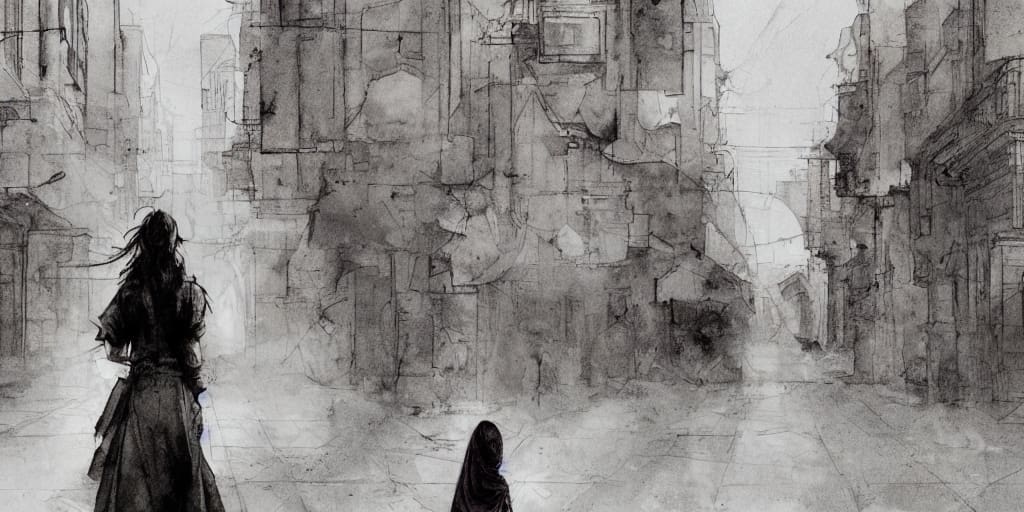
The uprisings in Iran, sparked by the tragic death of Mahsa Amini, have laid bare the deep-seated discontent within Iranian society. The “Woman, Life, Freedom” slogan encapsulates the multifaceted nature of the protests, calling for an end to oppressive policies, police brutality, and a demand for political reform.
As the international community watches, it is crucial for world leaders, activists, and citizens to stand in solidarity with the Iranian people. The uprisings are a plea for a more just and equitable society, and the global response can help amplify these voices and pave the way for positive change in Iran. Mahsa Amini’s death should not be in vain; it should serve as a catalyst for a brighter, more democratic future for the people of Iran.




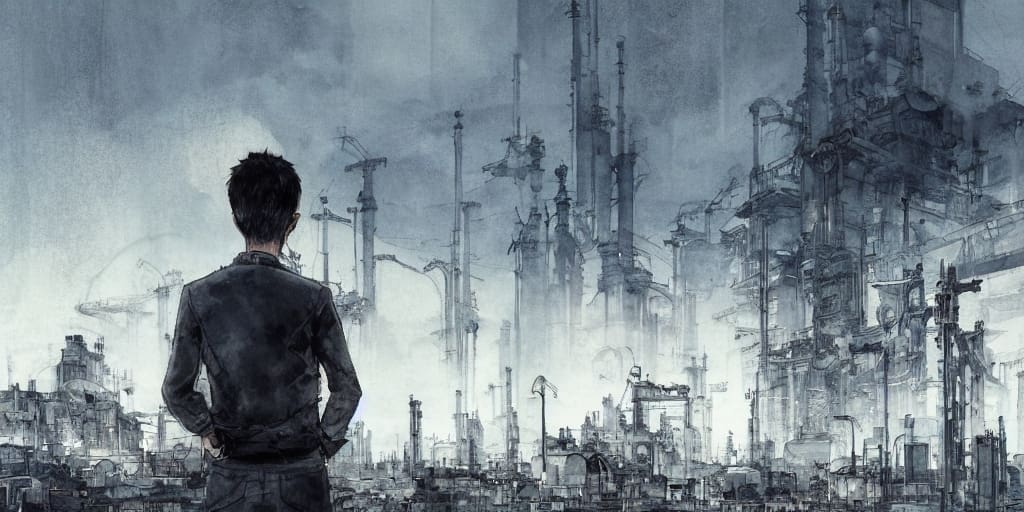




















Leave a Comment